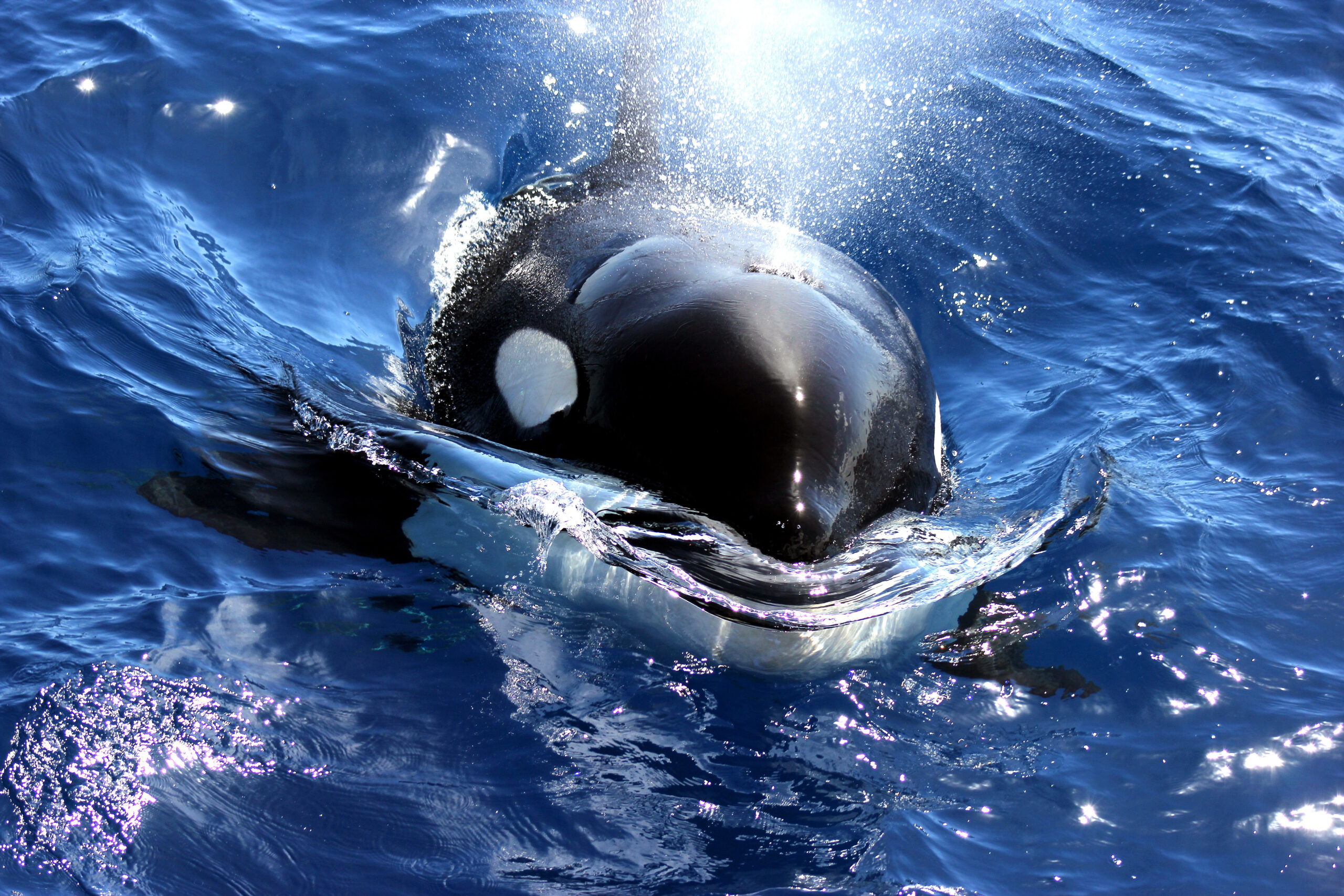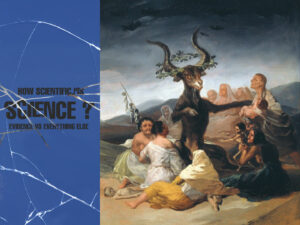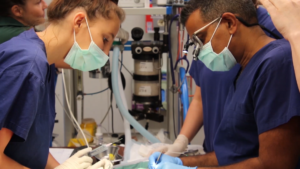Killer whales off the southwest of Australia have an Aussie accent, research suggests.
Marine mammal researcher Bec Wellard has been eavesdropping on WA’s killer whales for the past five years.
She says the animals have their own vocal dialect of calls and whistles, shared between pod members.
“A dialect isn’t the same thing as a language—it’s more of an accent,” Bec says.
“To the trained eye and ear, they have slight variations in their call structure, which allows me to differentiate their calls from here in Australia to other killer whale populations around the world.”
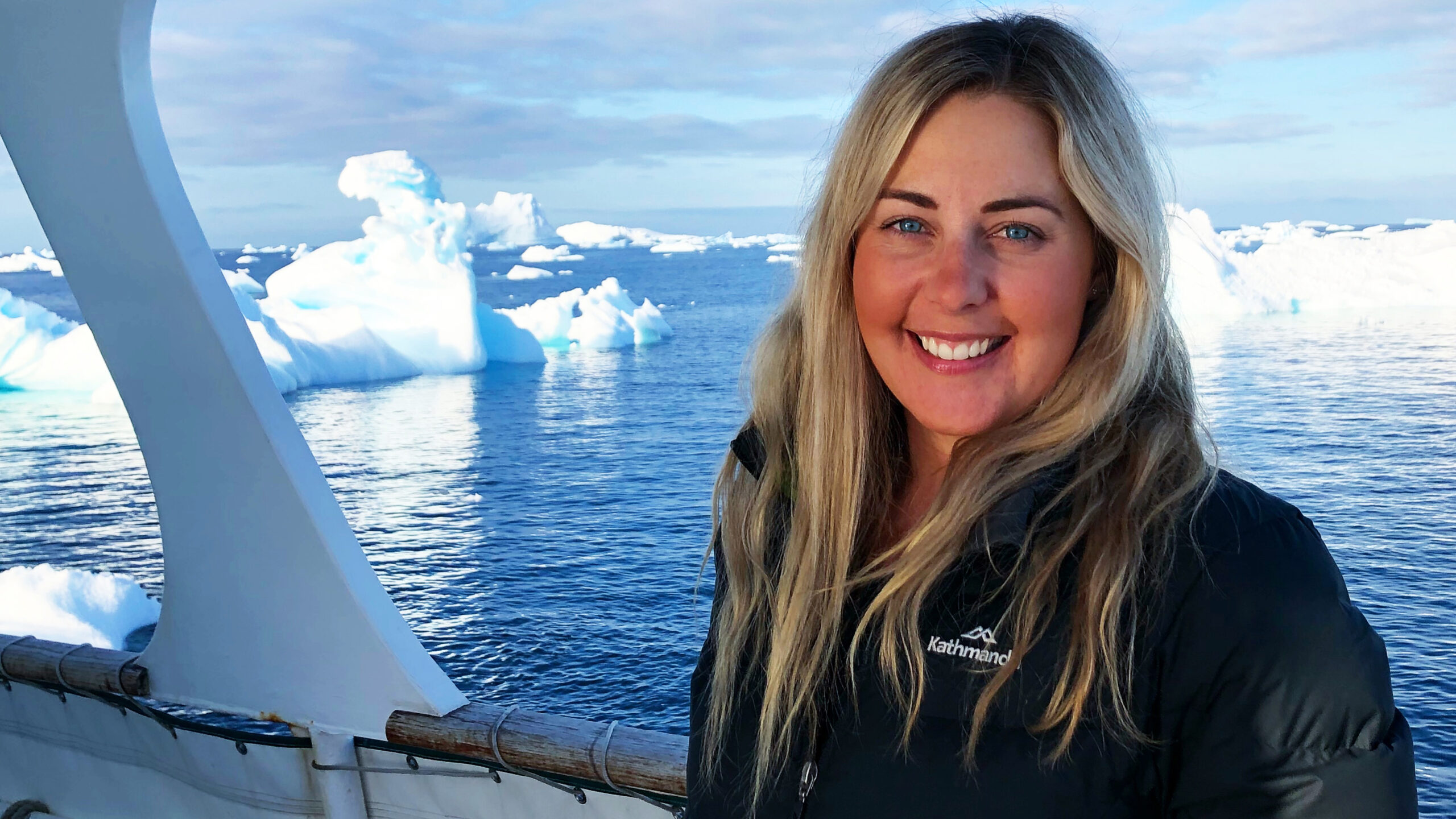
Big, bad and highly intelligent
Bec, a PhD student at Curtin University’s Centre for Marine Science and Technology and part of Project ORCA, says killer whales are highly mobile and difficult to track.
Instead, she studies the “biggest, baddest, highly intelligent apex predator of the ocean” by listening to their calls.
Using an underwater microphone—known as a hydrophone—Bec can record the whales underwater.
She then analyses the whale calls with acoustic software in the lab.
“It’s a pretty tedious process,” she says. “For each call, I’ll measure different parameters—so minimum frequency, maximum frequency—probably about 20 to 30 parameters for each call.
“Then I can run a comparison analysis to what’s been done in other regions.”
As the first to conduct this research in Australia, most of Bec’s comparisons have been to killer whales in the northern hemisphere.
Family ties
Bec says killer whales have a vocal culture, and the dialects are passed down from generation to generation.
As well as distinct geographic regions, she says the whales’ calls can be linked to family groups.
“When there’s a group that have a pod dialect, we call it an ‘acoustic clan’,” she says.
“[The whales] can call out to pod members who are miles away, and they can tell the difference between who’s calling for who.”
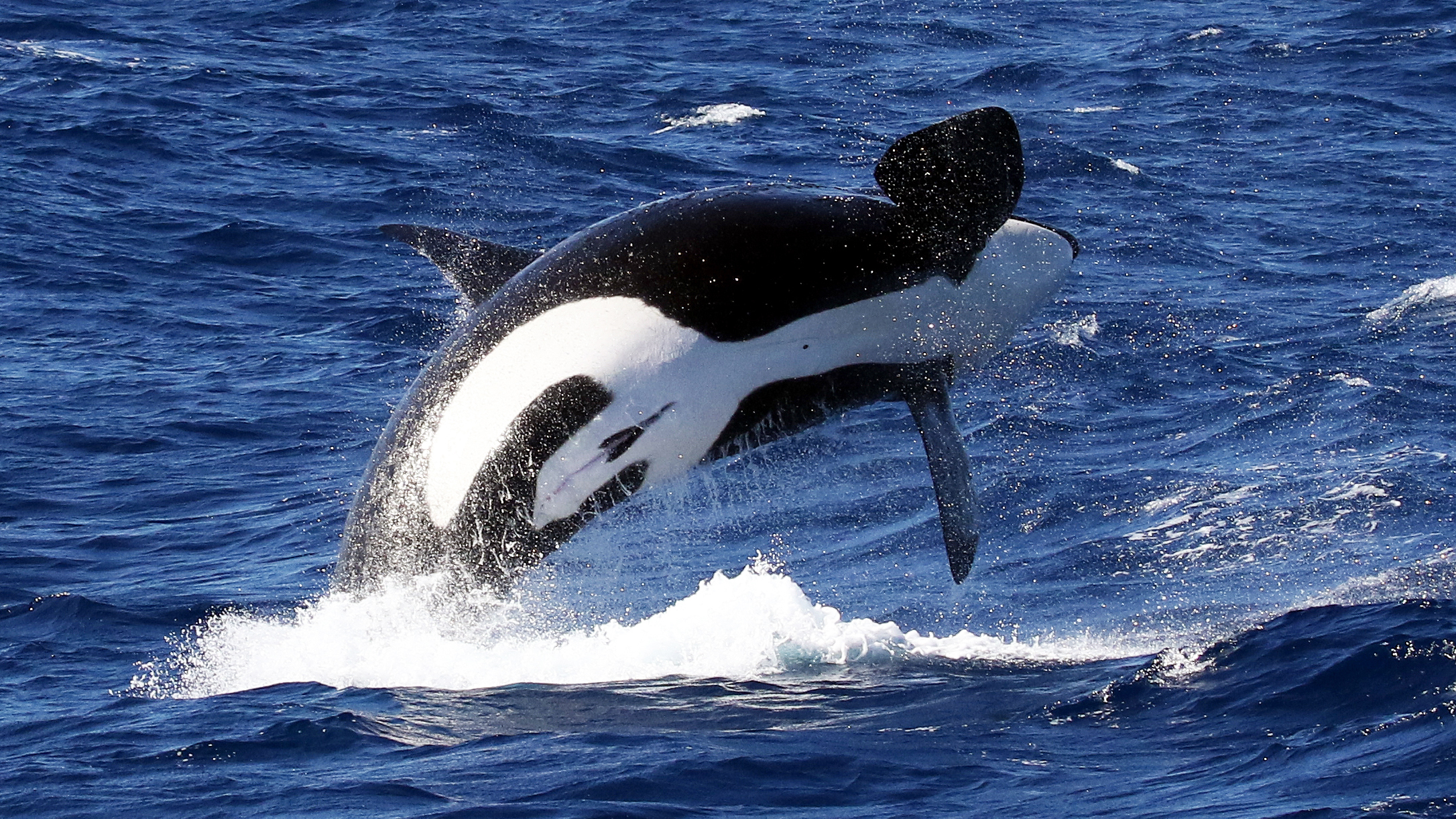
Into the deep
Bec’s main research site is Bremer Canyon, a marine hotspot 50km offshore. It’s home to the largest aggregation of killer whales in Australia.
She visits the area every year between January and April, when the whales gather to feed.
“We’ve seen them feeding on a variety of different species,” Bec says.
“I’ve seen them feeding on beaked whales, and the season just gone we actually had them feeding on a blue whale, which was huge news. That’s never been observed in Australia before.”
Bec says the killer whales have hooked her in.
“To have them so inquisitive, and they can be quite playful around the boat—I’m there for life now,” she says.
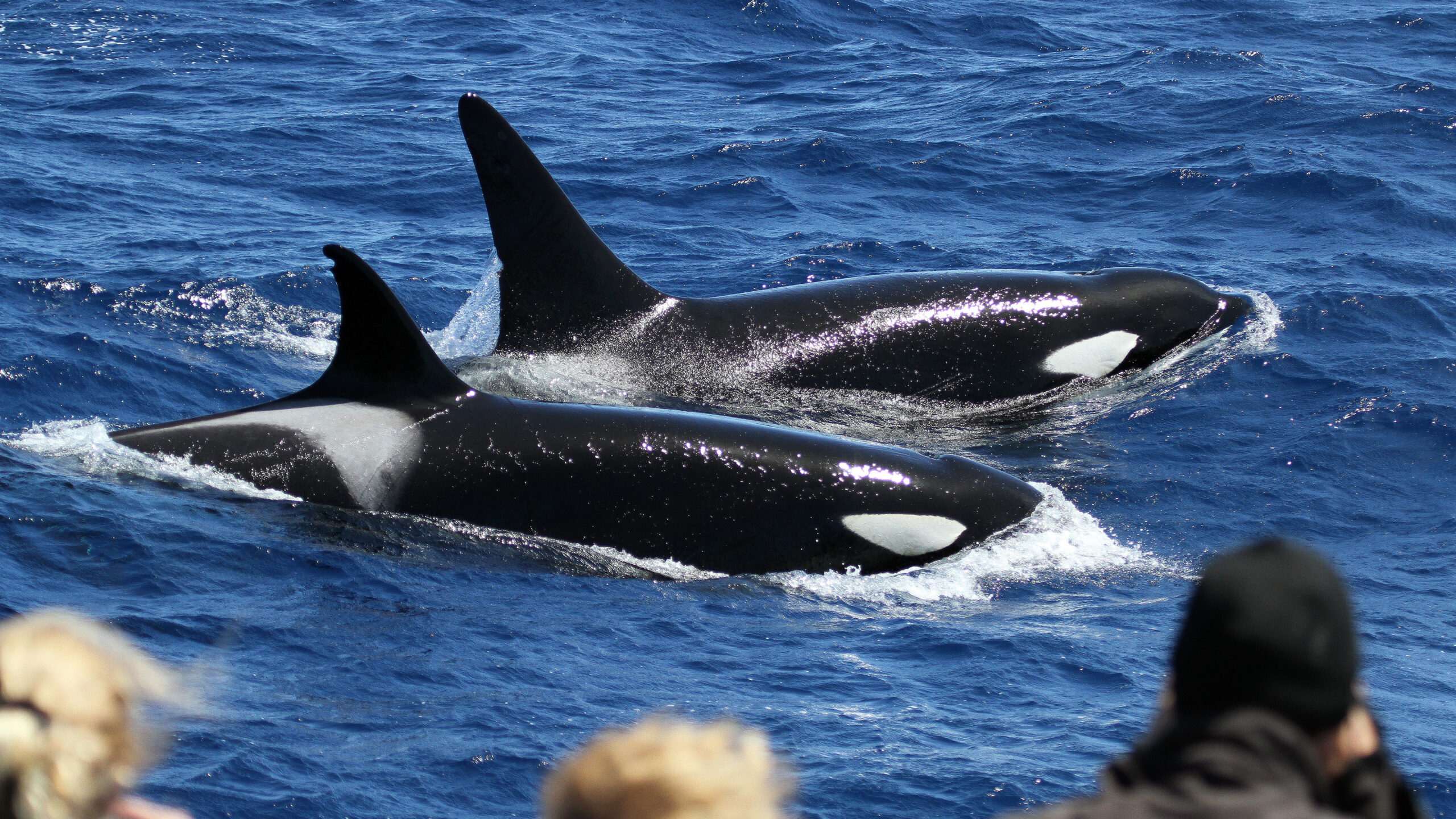
Talking killer whales
Last week, Bec took out the Western Australian final of international science communication competition FameLab.
The competition aims to discover charismatic early-career scientists who can inspire people to see the world from new perspectives.
On 8 May, Bec—who admits she didn’t expect to win the WA final—will take on Australia’s best at the national FameLab final.
The event is being hosted at Perth’s State Theatre Centre from 6pm and entry is free.



